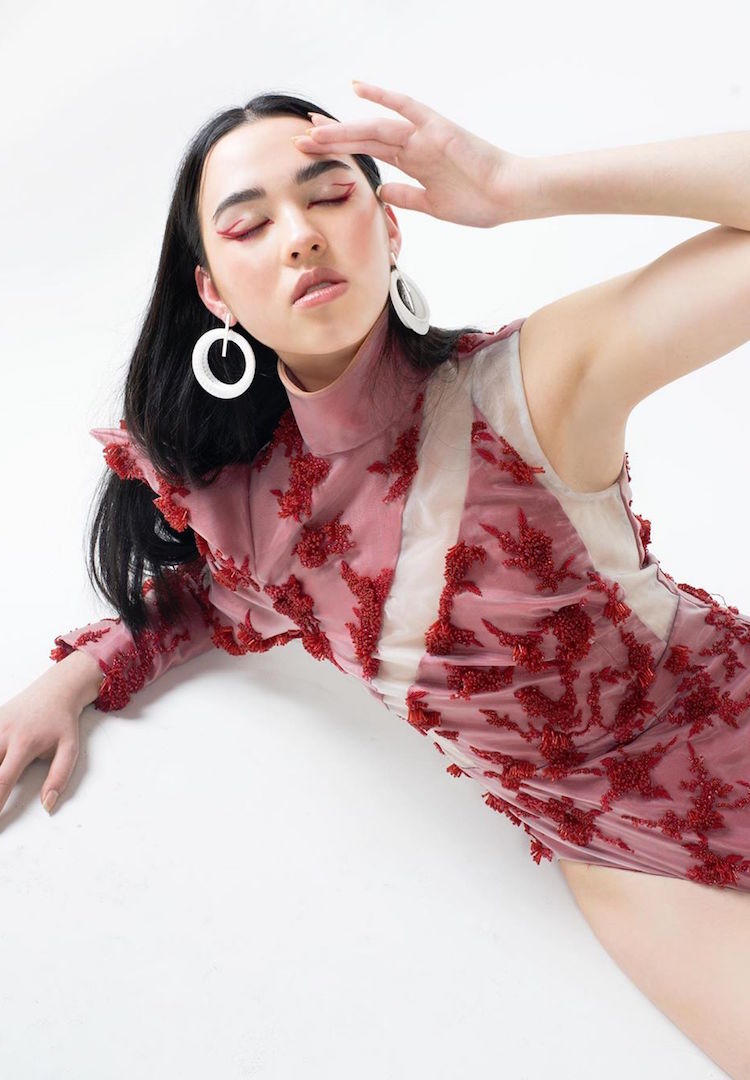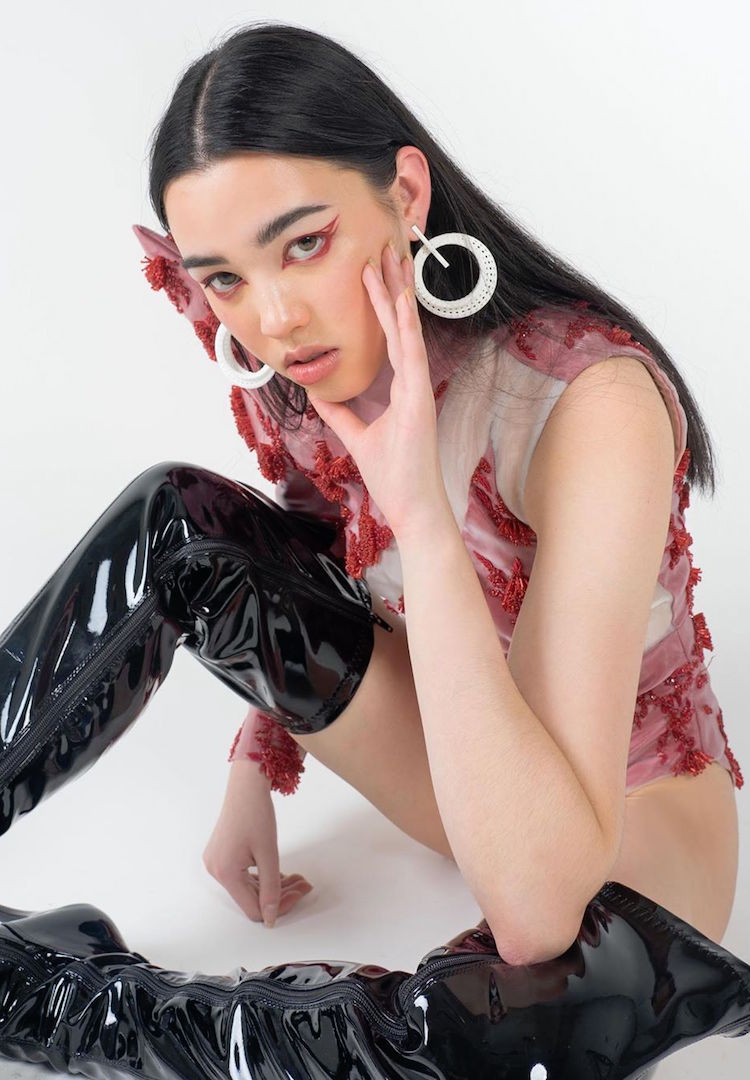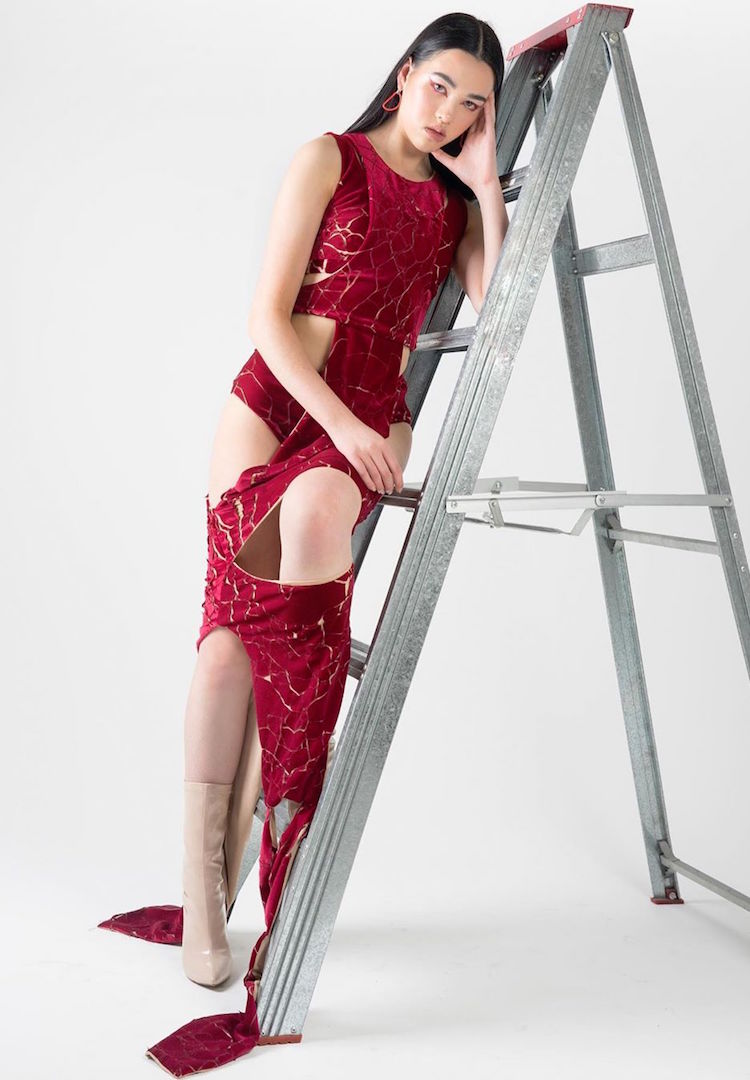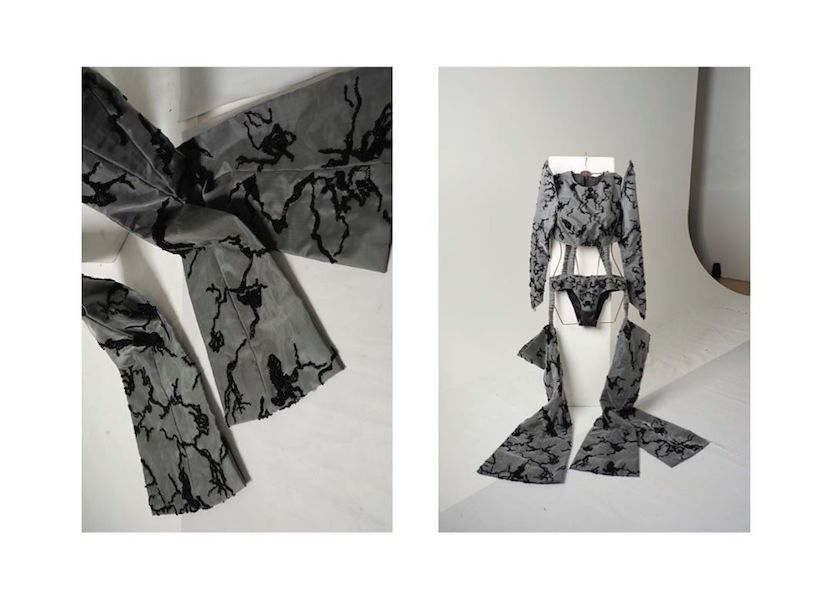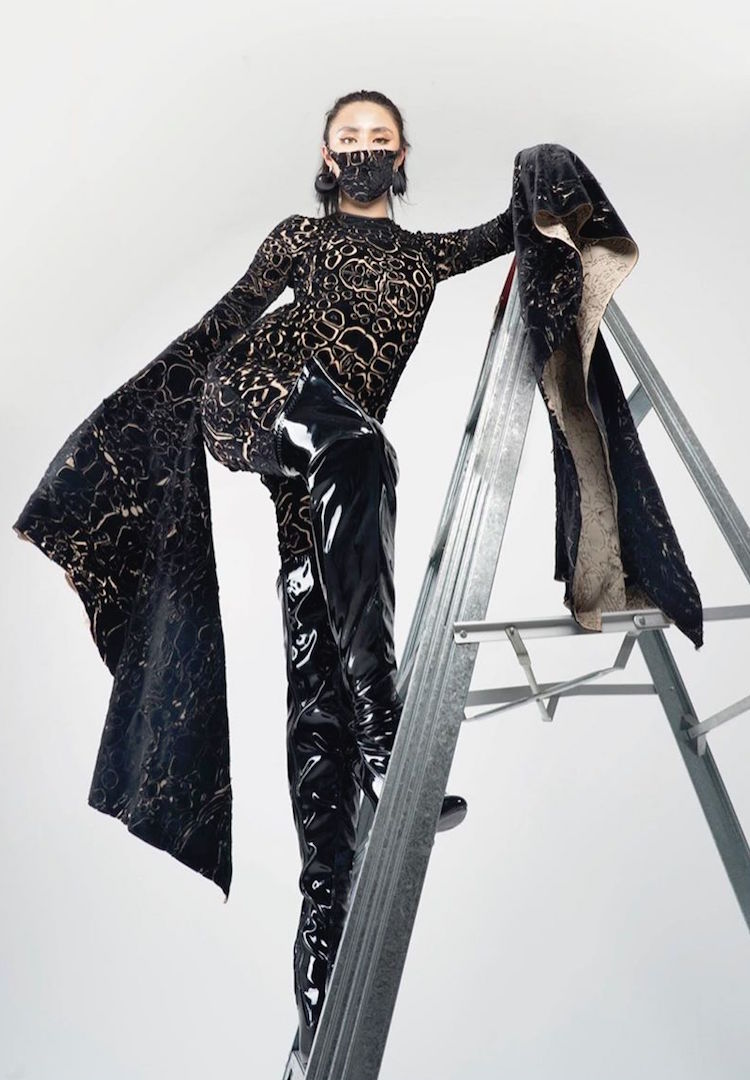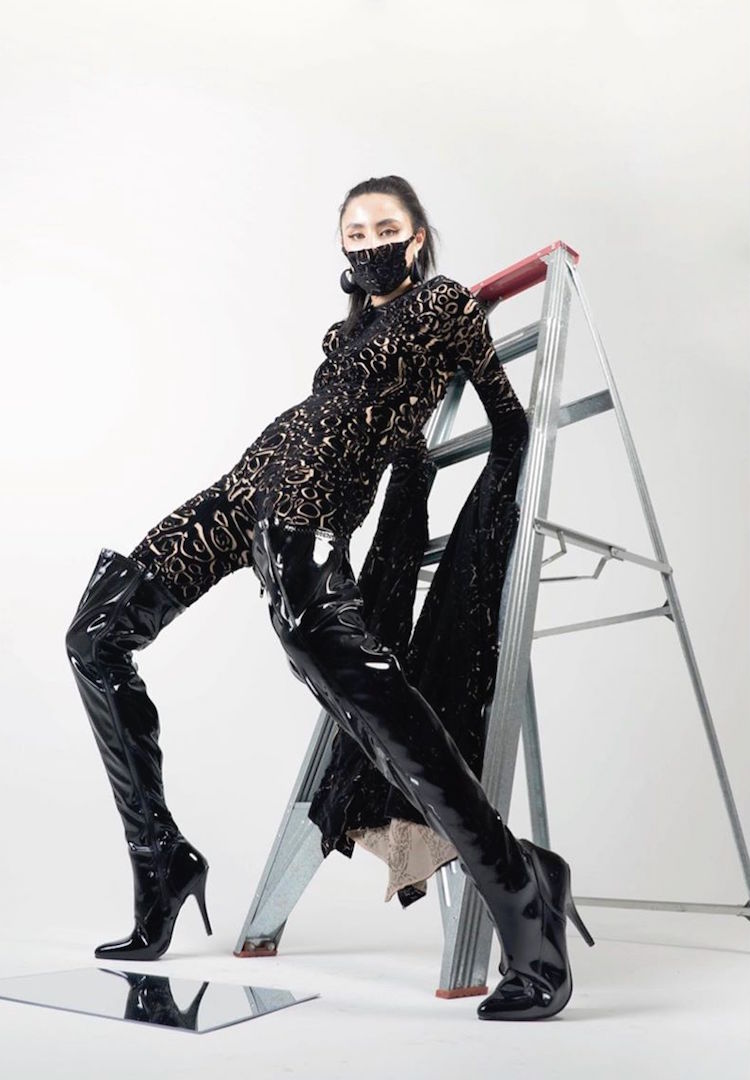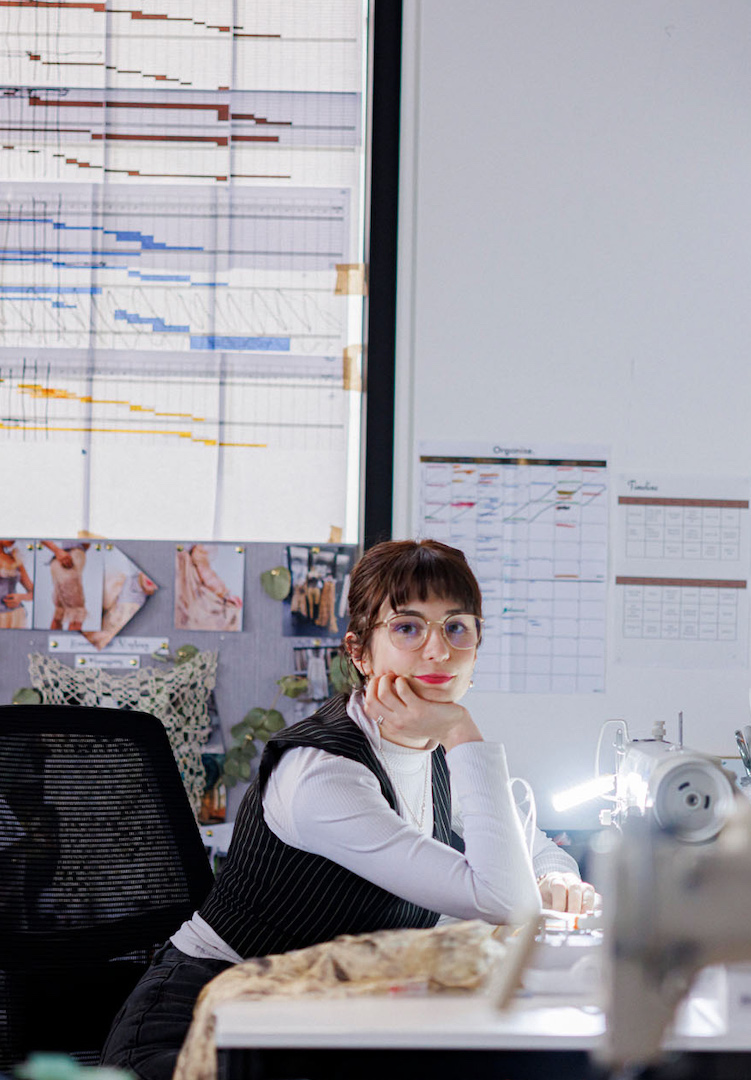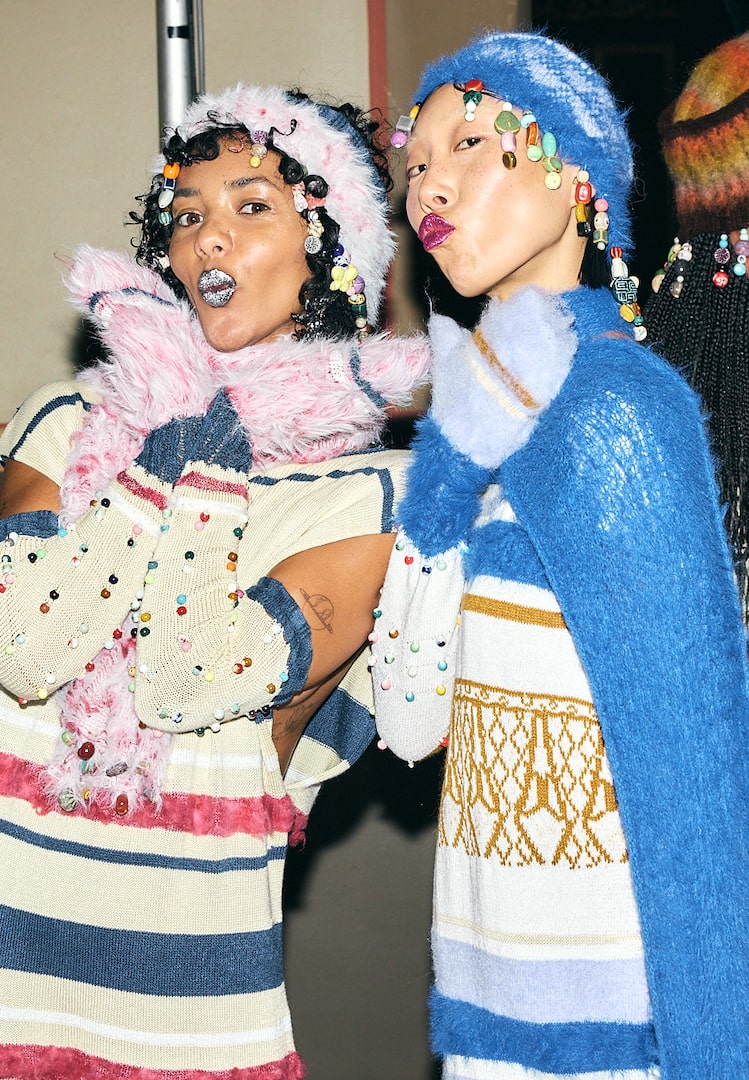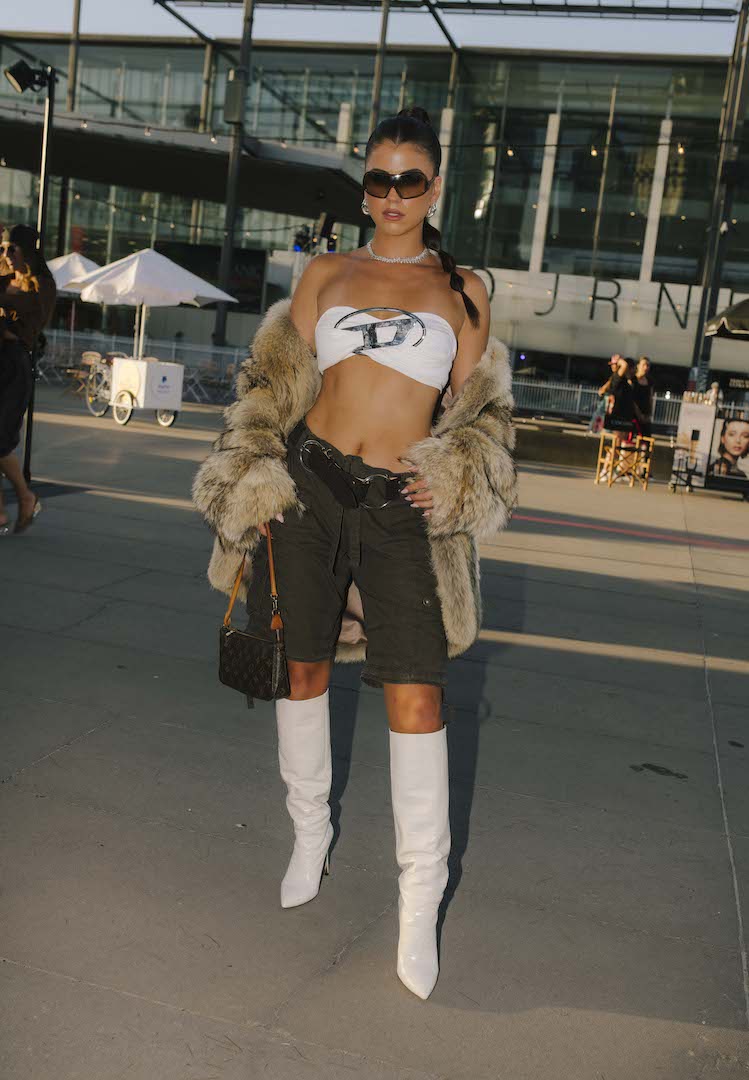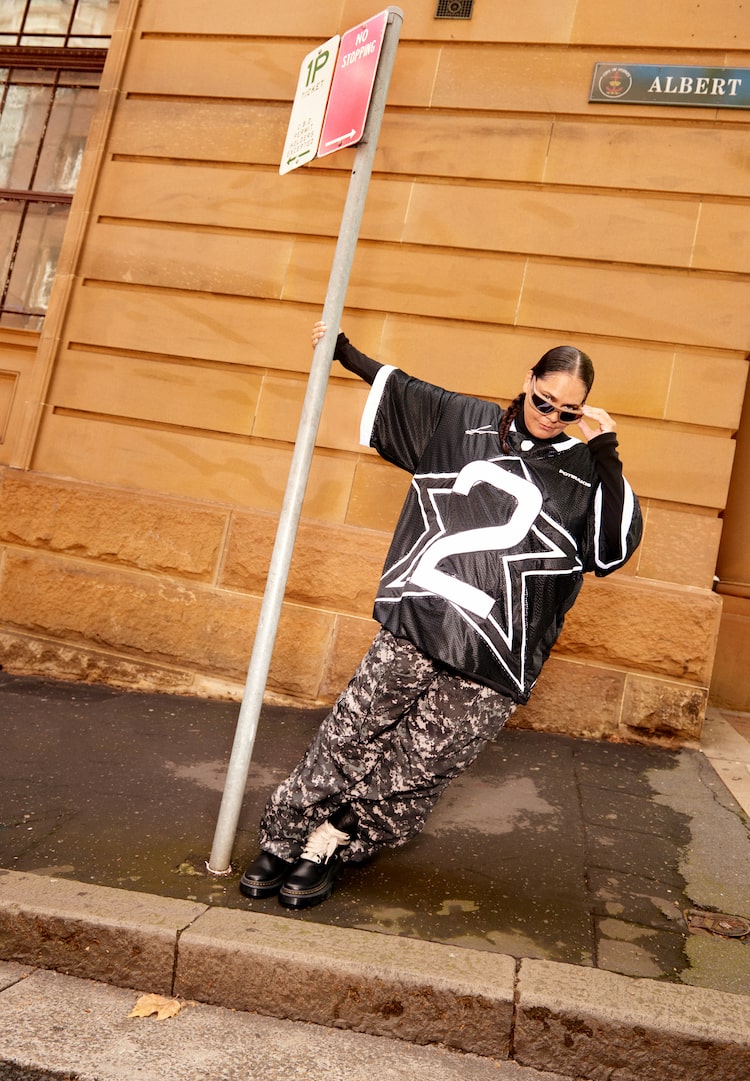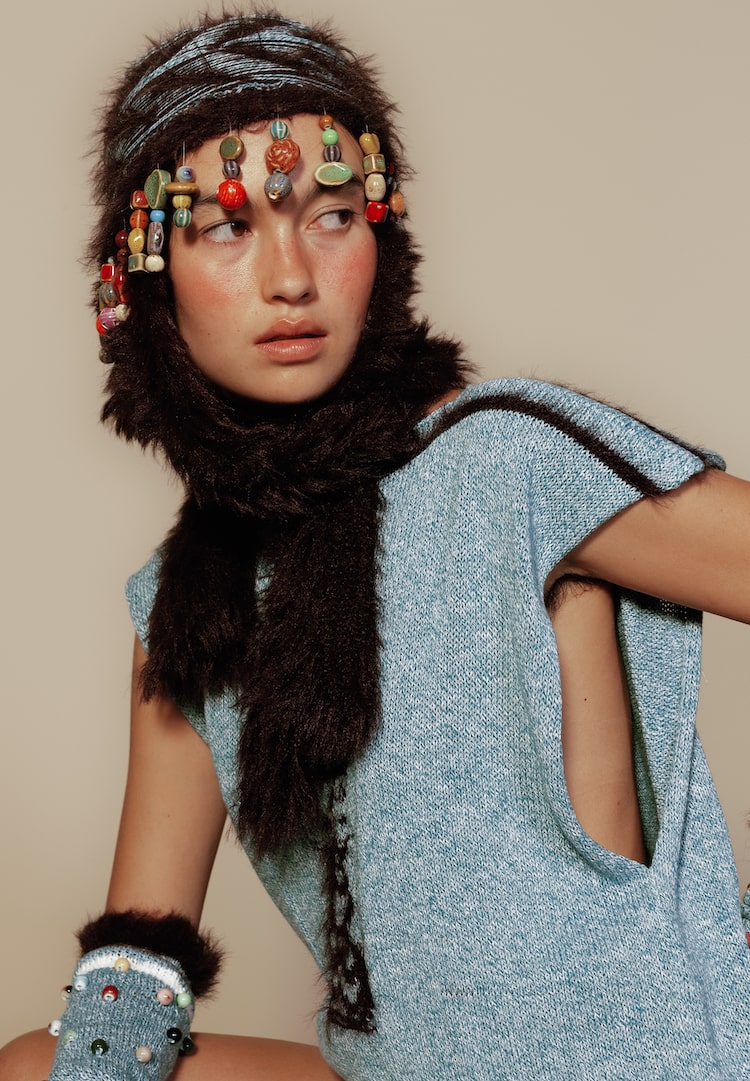Designer Icelynne Yeo’s graduate collection shows the beautiful side of death and decay
Life, death and 3D printing.
Once again, Fashion Journal is the supporting partner of Virgin Australia Melbourne Fashion Festival’s National Graduate Showcase.
The 12 finalists for 2020 have been announced, and they’ve given us an insight into the process behind the collections they’ll be showing.
Next up: Icelynne Yeo and her graduate collection Beauty in Death.
Please introduce yourself to our readers.
I am a Melbourne-based, Malaysian-born Chinese fashion designer, and graduated with a Bachelor of Fashion Design (Honours) last year from RMIT University. I often gain inspiration from events that have happened throughout my life. This can be seen in my recent collection, where I centred my designs around the loss of a close relative.
Tell us about your collection.
The collection consists of three pairs of garments, each with its own unique techniques and approach to design. At the heart of the designs, there are references to the anatomy of the body. Gently charred and grainy surfaces create an intriguing aesthetic while also symbolising death and decay. This design direction – evolving an unorthodox aesthetic – manifests newfound respect for death.
However, the highlight of the collection is undoubtedly the collaboration between Andres and I. Andres Rivera is a Research and Development Leader at architecture firm Hayball and a tutor at RMIT. Thanks to his design expertise and experience in digital fabrication, our design was able to come to life. The collaboration successfully gave birth to the final piece within the Beauty in Death collection, which is a 3D-printed garment.
When did you know you wanted to get into fashion design?
My fascination with fashion started when I was young. I was always intrigued by art and cartoons, especially the early ’00s series Totally Spies! It was then that I realised I was in love with style and art. I began my journey by drawing anime girls with crazy outfits that didn’t function or make sense. Through my sketches, I realised that fashion could become a medium for me to express my art.
What were the major points of inspiration for your graduate collection?
One of the major points of inspiration for my graduate collection was death. The passing of my grandfather made me realise that although death is sombre, it still has a degree of beauty to it. During his wake, family and friends from all over the world gathered, giving everyone a chance to show love and care for one another. I saw this as a beautiful occurrence.
Another point of inspiration was the advancement of technology designed to delay the inevitability of death. I am in awe of the creativity and innovation made by humans in order to prolong life. This inspired me to incorporate modern technology into my collection.
How do you see the connection between life, death and technology?
When there is life, there is death, and I believe death is what gives life its meaning and purpose. Death compliments life. Technology, on the other hand, could be both disruptive and complementary to this beautiful cycle. It is disruptive because of the advancements it has made towards delaying death, but it’s complementary because of its ability to ensure the safety of a newborn. The relationship between life and death has always been simple and linear, but with the intrusion of technology, everything seems far more complicated.
Why was texture so important in the design of this collection?
The texture of each design is important as it highlights the various references made to anatomy. In the first pair of garments, the mesh fabric is a representation of our body, and the different lines and shapes are my interpretation of bones and cells. The gently charred surfaces are a representation of the decaying process of a dying body. In the second pair, embellishments were used to represent nerves and skin. The texture of these bulging embellishments imitates the sensitivity of our nervous system. In the last pair, the texture and shape of the garment enhance the visualisation of the ribs and muscles in our body.
What part does sustainability play in your design practice?
I think fashion can be evolved through the incorporation of 3D printing. It’s evident this technology has not reached its full potential in the fashion industry, but I firmly believe it could lead to new and recyclable materials being invented. With 3D printing, we are also able to reduce vast amounts of waste due to the precision of the process.
What’s next for you?
I am currently exploring the possibility of incorporating thermoplastic materials into garments, as they’re biodegradable and help in reducing waste. I am also looking to obtain internships with brands that align with my vision and dream of creating a more sustainable fashion industry for future generations.
Find more of Icelynne’s work here.
@icelynne_official


